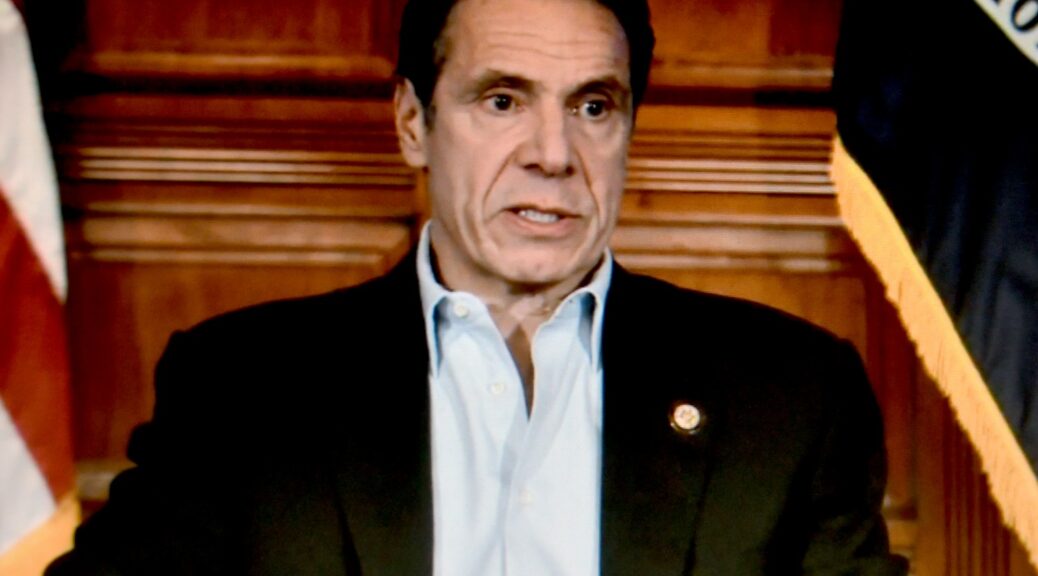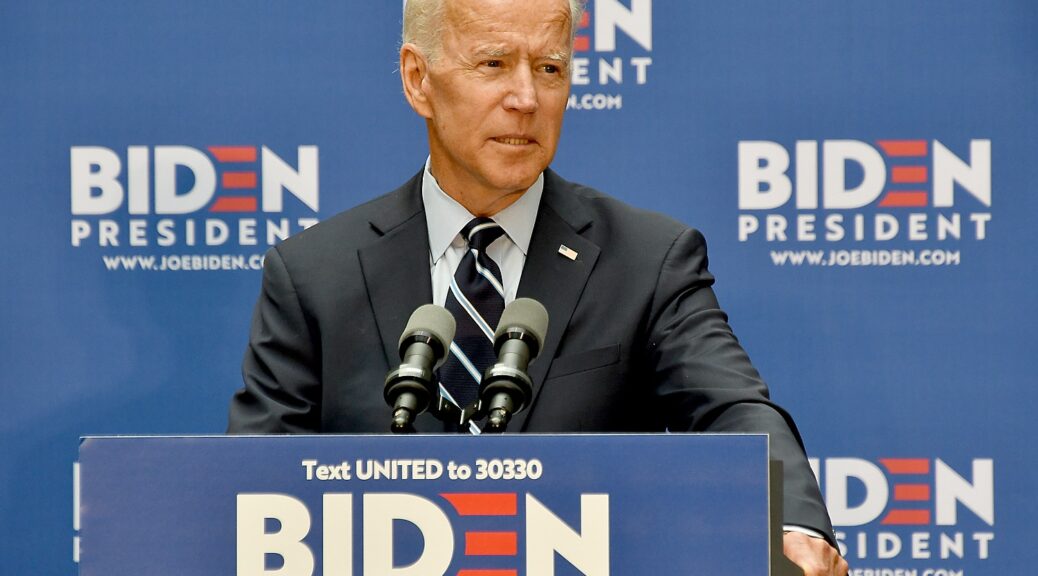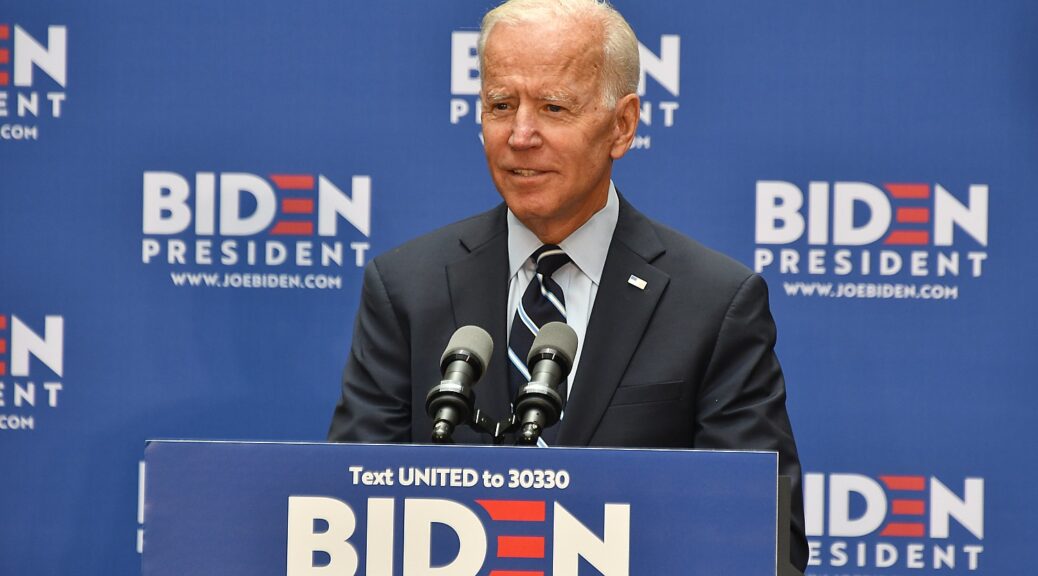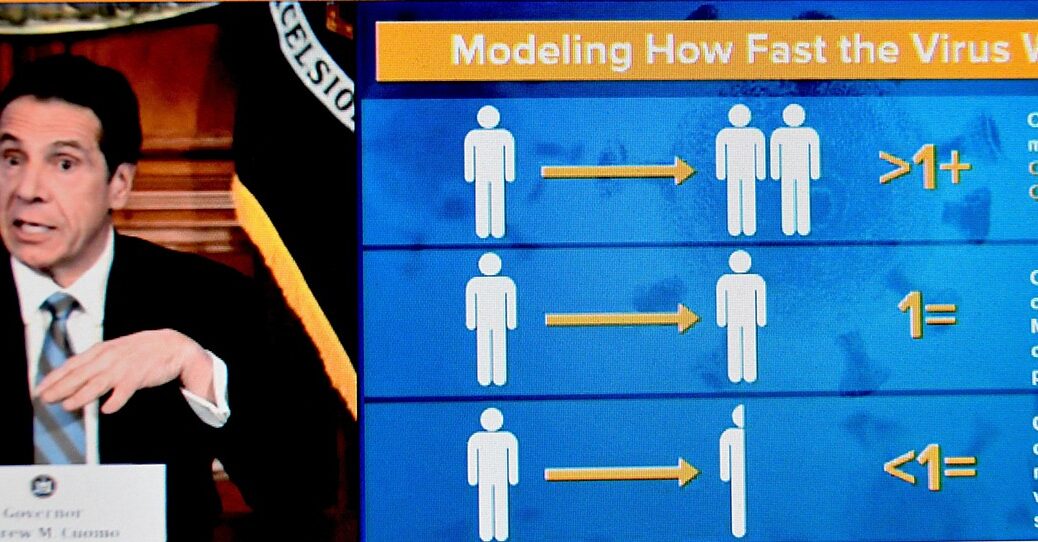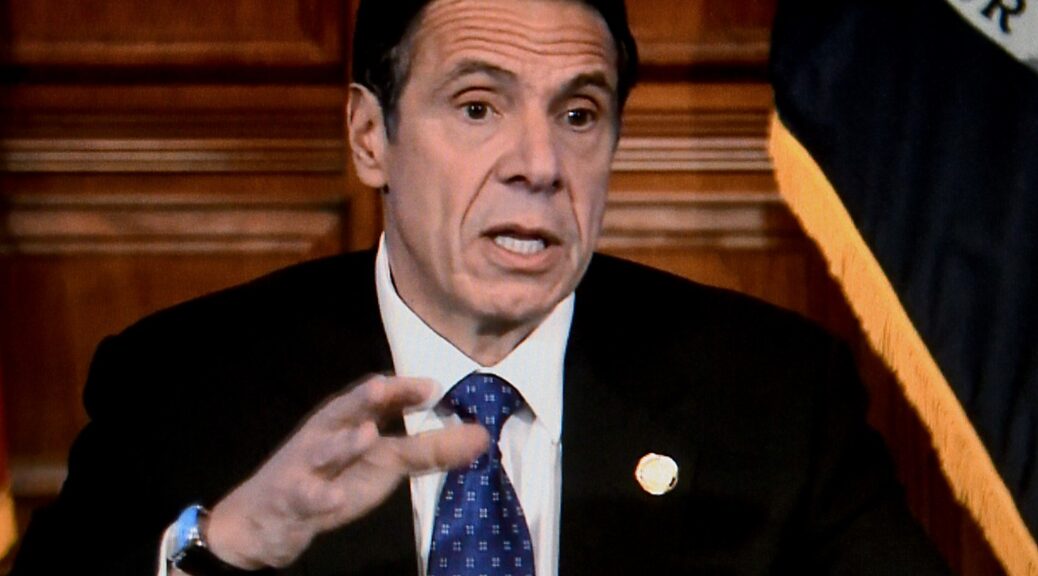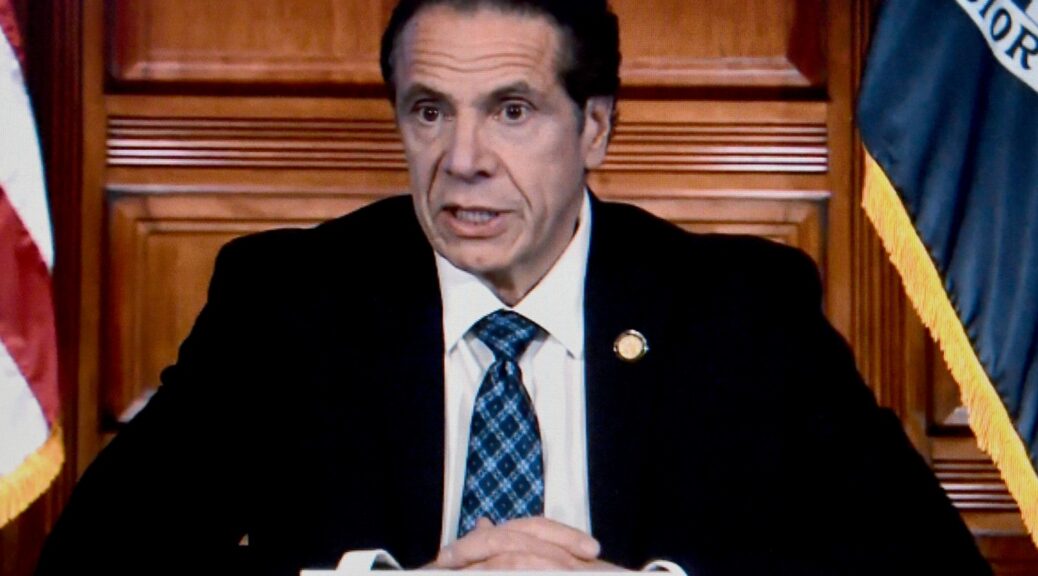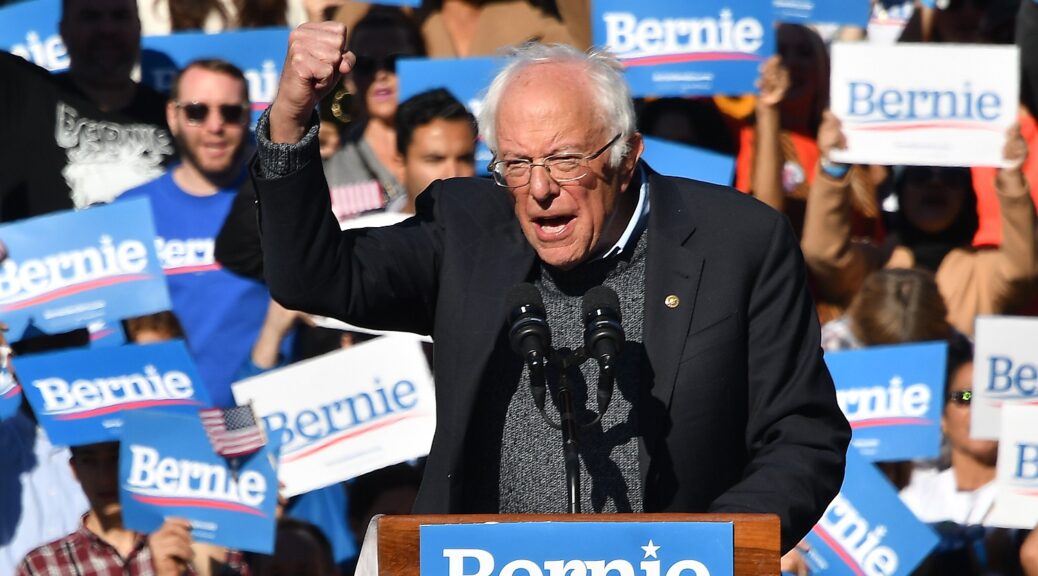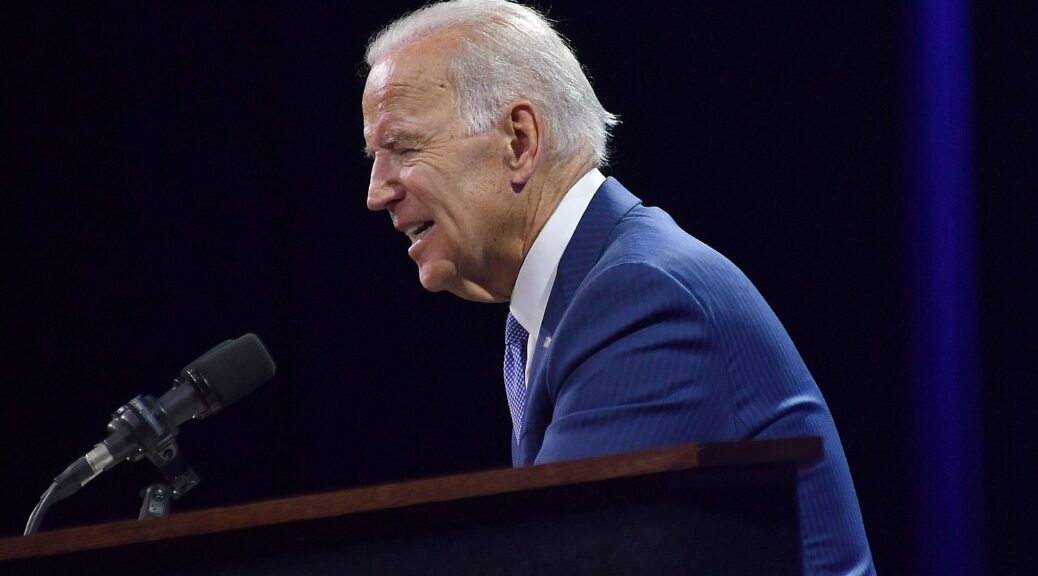
By Karen Rubin, News-Photos-Features.com
Amid the ongoing COVID-19 pandemic, Governor Andrew M. Cuomo today called for federal coordination of the supply chain to bring testing to scale so states can performing begin reopening functions. Tests are currently produced by private laboratory equipment manufacturers – there are 30 large manufacturers in the U.S. – and these manufacturers sell the tests to smaller labs, who then sell the tests to hospitals and the public. For a test to be performed, local labs must have the necessary testing chemicals known as reagents and there are different reagents for different manufacturer’s tests. The state asked the top 50 labs in New York what they needed to double their testing output, and all said they needed more reagents.
The Governor is also issuing an Executive Order allowing New Yorkers to obtain a marriage license remotely and allowing clerks to perform ceremonies via video conference, a practice that is banned under current law. Many marriage bureaus have temporarily closed as a result of the COVID-19 pandemic, preventing New Yorkers from getting a marriage license during the current health emergency; the Executive Order will temporarily suspend a provision of law that requires in-person visits.
Governor Cuomo also reiterated the bipartisan call from the National Governors Association for the federal government to provide $500 billion in unrestricted aid to the states to help stabilize the economy and allow the states to perform reopening functions. The federal government has passed three bills to address this crisis, including the federal CARES Act, all of which contained zero funding to offset drastic state revenue shortfalls.
“Why is testing so important? Testing is how you monitor the rate of infection and it’s how we find people with the virus and trace their contacts,” Governor Cuomo said. “The challenge is to bring testing up to scale. We asked the top 50 labs in the state what they would need to double their testing, and they all said the same thing: they need more chemical reagents. We need the federal government to oversee the supply chain and help get labs what they need.”
The Governor confirmed 7,090 additional cases of novel coronavirus, bringing the statewide total to 236,732 confirmed cases in New York State.
Hospitalization numbers are down – at 16,000 down from hovering around 18,000, then 17,000 and emergency rooms have fewer people in them.
But sobering news on the other hand happy days are not here again. We still have about 2,000 people yesterday who were new admissions to a hospital or new COVID diagnoses. That is still an overwhelming number every day – 2,000 new. If it wasn’t for the relative context that we’ve been in this would be devastating news – 2,000 people coming into the hospital system or testing positive. And if you notice 2,000, we’re not at the peak but this is where we were just about in late March when it started to go up. So we’re not at the plaza tower anymore but was still not in a good position.
“The worst news is still tragic news – number of deaths 540. It’s not as high as it was but still 540 people died yesterday. 540 people, 540 families. 504 in hospitals, 36 in nursing homes. Nursing homes are the single biggest fear in all of this – vulnerable people in one place. It is the feeding frenzy for this virus despite everything we can do in the best efforts of people working in those nursing homes who are doing just a fantastic job.”
The worst projections have never been hit precisely because of the lockdown and social distancing, and Cuomo’s concern about reopening too fast, is that it could reignite the infection rate.
“The tension on reopening is how fast can you reopen and what can you reopen without raising that infection rate so you go right back to where we were overwhelming the hospitals? The infection rate now is one person infects .9 other people. You can’t infect .9 but it’s basically one person is infecting one person. A tad less – and I don’t even know if it’s a tad less because I don’t even know that the statistics are that accurate frankly.
“So let’s say one person now infects one person. That’s where we are now. When that is happening the virus is basically stable. Where we were was one person was infecting 1.4 people and that’s when you have outbreak widespread epidemic. We brought it down from 1.4 to .9. How did you do that? Those were the New York Pause policies. Close down business, close down schools, everybody has to social distance, everybody has to take precautions, masks, et cetera. But it worked and we went from 1.4 to .9. Wuhan says at one point they got down to .3 which is where you really start to see the numbers drop. But that’s where we are.
“The tension is when you start to open business you start to have gatherings, you put people on a bus, you put people on the subway, you put people in a retail store. Then you’re going to see more infections. You see that infection rate rise and then you’re going to be back to where we were. So how do you gauge this, right? How do you calibrate it?
“That is all about the testing. And you have a very tight window. You’re at .9 now. You can only go up to 1.2 before you see those hospitalization numbers start taking off again. You’re talking about a very, very tight window that you have to calibrate and this is all without precedent so how do you actually do that intelligently? Well, you have to test and testing informs the calibration.”
Testing let’s you determine who has the virus and can infect others, but then you need a veritable army of people as tracing investigators, to trace all their contacts for people who might have become infected and new carriers.
“Tracing requires an army. Literally an army. You would need thousands of people who just trace in the State of New York because any one person then leads to 10, 20 possible people who were infected. You have to trace all through those people. You find the positive person, you isolate them. The trick with testing is not that we don’t know how to do it. We’ve done it better in this state than almost any other state, almost any other country. It’s bringing this up to scale. These are private sector companies that are doing this. We have done a very good job in testing. The state has played a pivotal role in testing.”
Testing and tracing is not only critical to stop the spread of the disease, but to alleviate the anxieties and fears of workers and consumers alike. It does little good to reopen businesses if workers are too fearful to work, or people are too fearful to go out and shop. And just as a governor cannot shut down the economy or effectively issue stay-at-home orders if people refuse to comply, Cuomo has said, government cannot simply order the reopening of the economy, without people having confidence and trust in their government.
But testing and tracing on the scale that New York State, with a population of 19 million, requires federal assistance – especially to acquire the necessary chemical reagents. Cuomo said that in this phase of the pandemic, competing with every other state and the federal government for the scarce resources, much of which needs to come from China, will repeat the EBay-like fiasco of trying to acquire PPE and ventilators and bidding up the prices and disrupting expeditious acquisition. Also, it will be intensely expensive.
“We need funding from the federal government. I get that we have to fund airlines, small businesses. I agree a hundred percent, but you also have to fund state governments. And by the way, when you fund the state government, you’re not funding a private business. So you don’t have an issue of should government really be giving tax dollars to this private entity. When you fund the state government you just are funding a state government to perform the functions you want us to perform, which is the reopening function. I get it. I’ll do it. But I need funding. And when you fund a state government, you’re funding small businesses anyway, and you’re funding hospitals anyway, and you’re funding schools anyway. And you know, the Republican doctrine used to be limited government and states’ rights. I’m a good distribution mechanism to small businesses and hospitals and schools because I know what’s going on in the state. But if you want to us reopen, we need funding.”
Cuomo added that this is no time for politics.
“The emotion in this country is as high as I can recall, people are frustrated, we’re anxious, scared, we’re angry. We’ve never been through this before and on every level this is a terrible experience. It’s disorienting, it threatens you to your core. It makes you reflect on your whole life and it really has — it’s mentally very difficult, it’s emotionally difficult, economically, it’s disastrous. I mean the market goes down. Your retirement funds go down. You’re not getting a paycheck. It is as tumultuous at times as we have ever seen. But in the midst of this, there is no time for politics.
“How does the situation get worse, it gets worse quickly? If you politicize all that emotion. We cannot go there. That’s why I work so hard when anyone raises any political agenda to me. I work so hard to distance myself from it. I’m not running for anything. I’m not going anywhere. I’m going to be governor of the state of New York until the people kick me out and then I’m going to go spend time with my family and that’s that.
“So, I have no political agenda and I’ve stayed a hundred miles away from politics, just so people know that there is no possibility of a political distortion here. Because it’s no time for politics and look if you have partisan divisions splitting this nation now it’s going to make it worse.”
Cuomo made no specific reference to Trump calling him out to “spend more time ‘doing’ and less time ‘complaining’” or his tweets, viewed as a call to arms to protesters in Michigan, Minnesota and Virginia to “Liberate”.
Of the 236,732 total individuals who tested positive for the virus, the geographic breakdown is as follows:
| County | Total Positive | New Positive |
| Albany | 648 | 29 |
| Allegany | 30 | 1 |
| Broome | 186 | 8 |
| Cattaraugus | 34 | 0 |
| Cayuga | 36 | 0 |
| Chautauqua | 25 | 0 |
| Chemung | 72 | 1 |
| Chenango | 77 | 1 |
| Clinton | 48 | 1 |
| Columbia | 105 | 4 |
| Cortland | 25 | 0 |
| Delaware | 49 | 1 |
| Dutchess | 2,201 | 59 |
| Erie | 1,997 | 68 |
| Essex | 16 | 1 |
| Franklin | 13 | 0 |
| Fulton | 27 | 0 |
| Genesee | 87 | 4 |
| Greene | 82 | 5 |
| Hamilton | 3 | 0 |
| Herkimer | 47 | 1 |
| Jefferson | 50 | 0 |
| Lewis | 8 | 0 |
| Livingston | 37 | 3 |
| Madison | 105 | 0 |
| Monroe | 1,008 | 33 |
| Montgomery | 34 | 1 |
| Nassau | 29,180 | 641 |
| Niagara | 234 | 7 |
| NYC | 131,263 | 3,911 |
| Oneida | 268 | 7 |
| Onondaga | 492 | 9 |
| Ontario | 69 | 2 |
| Orange | 6,266 | 182 |
| Orleans | 41 | 7 |
| Oswego | 45 | 0 |
| Otsego | 47 | 3 |
| Putnam | 582 | 4 |
| Rensselaer | 164 | 14 |
| Rockland | 9,171 | 184 |
| Saratoga | 244 | 8 |
| Schenectady | 259 | 9 |
| Schoharie | 20 | 0 |
| Schuyler | 6 | 0 |
| Seneca | 18 | 0 |
| St. Lawrence | 98 | 2 |
| Steuben | 160 | 6 |
| Suffolk | 26,143 | 1,108 |
| Sullivan | 524 | 19 |
| Tioga | 32 | 2 |
| Tompkins | 117 | 0 |
| Ulster | 820 | 32 |
| Warren | 94 | 3 |
| Washington | 52 | 4 |
| Wayne | 49 | 0 |
| Westchester | 23,179 | 703 |
| Wyoming | 36 | 1 |
| Yates | 9 | 1 |
__________________
© 2020 News & Photo Features Syndicate, a division of Workstyles, Inc. All rights reserved. For editorial feature and photo information, go to www.news-photos-features.com, email [email protected]. Blogging at www.dailykos.com/blogs/NewsPhotosFeatures. ‘Like’ us on facebook.com/NewsPhotoFeatures, Tweet @KarenBRubin

